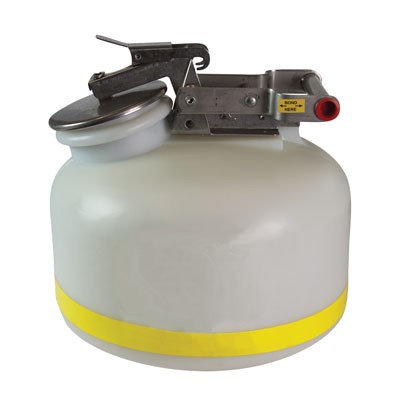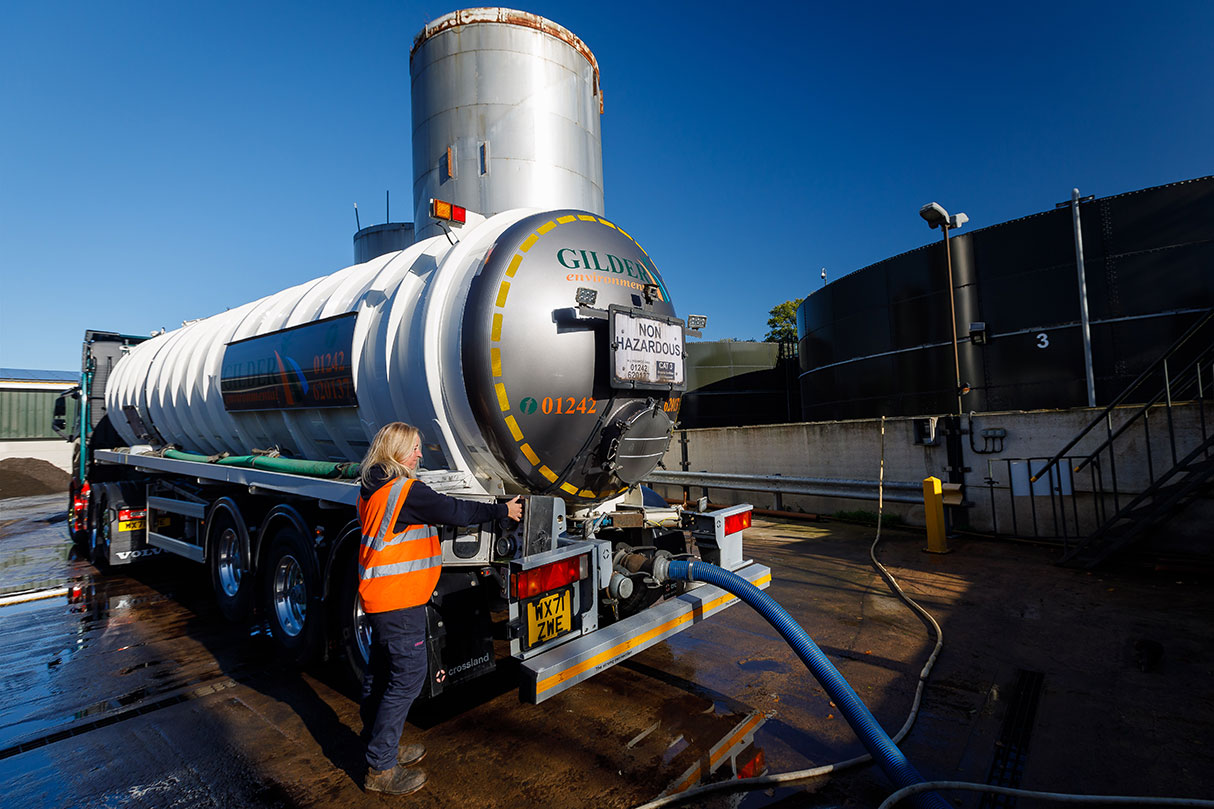Industrial Wastewater Treatment: Customized Solutions for Complex Wastewater Challenges
Industrial Wastewater Treatment: Customized Solutions for Complex Wastewater Challenges
Blog Article
Just How Fluid Waste Disposal Works: A Thorough Review of Strategies and Technologies Used

Introduction of Fluid Waste Types
The intricacy of liquid waste types requires a complete understanding of their attributes and effects for disposal. Fluid waste can extensively be categorized right into numerous kinds, consisting of commercial, municipal, agricultural, and contaminated materials. Each group exhibits unique buildings, needing specific monitoring techniques to mitigate ecological and health dangers.
Industrial liquid waste stems from making procedures and often contains a variety of pollutants, such as hefty metals, solvents, and organic substances. Metropolitan liquid waste, mainly making up wastewater from households and business facilities, consists of raw material, nutrients, and pathogens (industrial wastewater treatment). Agricultural liquid waste, consisting of runoff from ranches, may consist of fertilizers, pesticides, and pet waste, posturing dangers to water quality and ecological communities
Hazardous fluid waste is characterized by its toxicity, sensitivity, or prospective to cause injury. This group consists of materials like acids, bases, and specific chemicals that demand strict handling and disposal methods. Recognizing these diverse liquid waste kinds is crucial for developing reliable disposal methods and ensuring compliance with ecological policies. Appropriate category and characterization are essential for applying suitable treatment methods and minimizing the negative influences on public wellness and the environment.
Physical Therapy Techniques

Screening is the preliminary step, where bigger bits and debris are eliminated from the fluid waste using displays or grates. In sedimentation tanks, much heavier particles resolve at the base, developing a sludge layer, while the cleared up fluid can be additional treated.
Purification is an additional important method that involves passing the liquid through permeable products, such as sand or membrane layers, to record smaller fragments. This action improves the quality of the fluid, making it appropriate for subsequent therapy procedures.

Chemical Treatment Techniques
Chemical therapy techniques are important for efficiently taking care of liquid waste, specifically in resolving dissolved and colloidal impurities that physical approaches may not properly remove. These strategies use different chemical agents to reduce the effects of, speed up, or transform harmful compounds right into less harmful types.
One common approach is coagulation and flocculation, where chemicals such as alum or ferric chloride are added to promote the gathering of put on hold bits. This process boosts sedimentation, enabling less complicated removal of the resulting sludge. Furthermore, oxidation processes, utilizing agents like chlorine or ozone, are employed to damage down complicated organic substances and pathogens, making the waste safer why not look here for discharge or further treatment.
Neutralization is another critical technique, which changes the pH of acidic or alkaline waste streams to neutral levels, stopping prospective damage to downstream systems and the environment. Moreover, advanced oxidation procedures (AOPs) utilize combinations of oxidants and ultraviolet light to break down relentless toxins, achieving a higher degree of therapy efficiency.
Organic Therapy Processes
Biological therapy processes play a crucial role in the management of fluid waste by making use of microbes to break down natural matter and reduce pollutant degrees. These processes can be broadly categorized right into anaerobic and aerobic treatments, each utilizing particular microbial areas to accomplish effective waste degradation.
Aerobic therapy includes making use of oxygen to assist in the failure of organic products by microorganisms. This procedure is generally applied in activated sludge systems, where aeration containers supply a helpful environment for microbial development, leading to the oxidation of natural toxins. The resultant biomass can be divided from dealt with effluent with sedimentation.
In comparison, anaerobic treatment takes place in the lack of oxygen, relying upon different germs to break down raw material. This method is especially beneficial for high-strength waste, as it creates biogas, a renewable resource resource, while decreasing sludge production. Technologies such as anaerobic digesters are frequently utilized in commercial and community applications.
Both cardio and anaerobic organic treatments not just minimize the ecological influence of fluid waste yet likewise help with source recovery, making them vital parts of sustainable waste management methods. Their effectiveness, flexibility, and effectiveness support their prevalent implementation across numerous industries.
Emerging Technologies in Disposal
Ingenious techniques to fluid garbage disposal are rapidly advancing, driven by innovations in modern technology and a boosting emphasis on sustainability. Amongst these arising modern technologies, membrane bioreactors see here now (MBRs) have gotten traction for their ability to integrate organic therapy with membrane layer purification, resulting in top quality effluent that can be reused in numerous applications. MBRs make it possible for smaller footprints and more reliable operations contrasted to standard systems.
An additional appealing growth is using anaerobic digestion combined with nutrient recuperation technologies, which not only deals with fluid waste yet likewise creates biogas and recoups beneficial nutrients like nitrogen and phosphorus. This dual benefit boosts source effectiveness and minimizes environmental impact.
Additionally, progressed oxidation processes (AOPs) are being adopted for the deterioration of complicated organic contaminants. These approaches utilize powerful oxidants and stimulants to damage down contaminants at the molecular level, providing a highly effective remedy for challenging waste streams.
Moreover, the combination of expert system and device understanding in waste administration systems is maximizing functional efficiency and anticipating upkeep, bring about minimized prices and improved environmental compliance. These modern technologies mirror a considerable shift towards even more sustainable and efficient liquid garbage disposal techniques.
Conclusion
In final thought, efficient fluid waste disposal demands a thorough understanding of various methods and modern technologies. By continuously progressing these techniques, it becomes possible to deal with the growing difficulties connected with liquid waste, ultimately adding to ecological protection and resource recovery.
Fluid waste disposal is a vital aspect of ecological administration, calling for a thorough understanding of numerous strategies and innovations customized to various waste kinds. Liquid waste can broadly be categorized right into a number of kinds, including commercial, community, agricultural, and dangerous waste. Agricultural liquid waste, consisting of runoff from ranches, might consist of fertilizers, chemicals, and animal waste, posturing threats to water quality and ecological communities.
Numerous physical therapy techniques play a critical function in handling fluid waste efficiently - industrial wastewater treatment.In conclusion, effective over here fluid waste disposal requires an extensive understanding of numerous techniques and technologies
Report this page